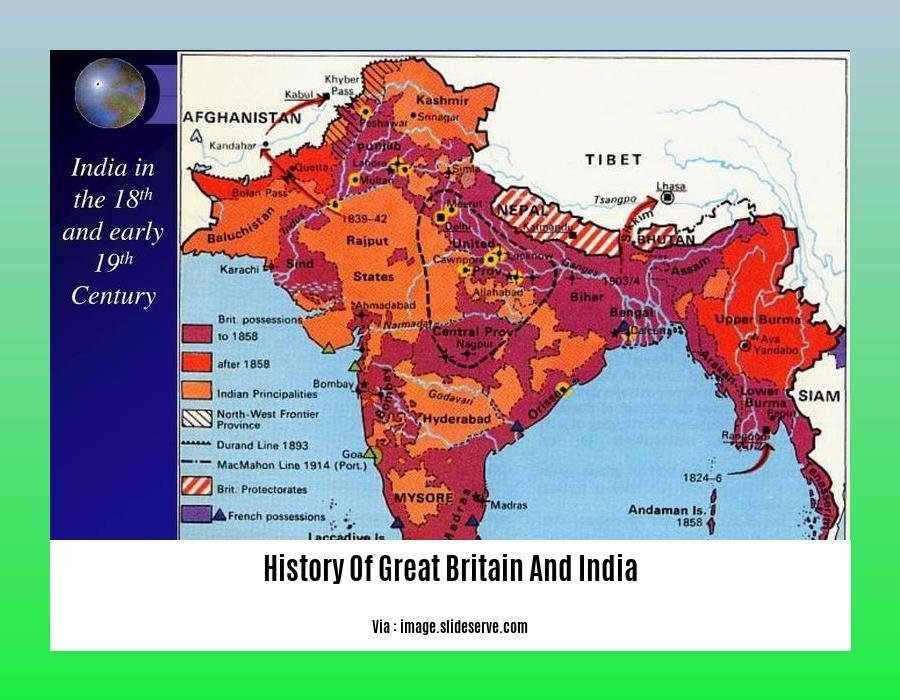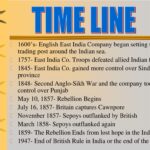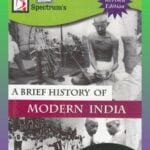Embark on a historical voyage with [Unveiling the History of Great Britain and India: A Scholarly Exploration]. As we delve into this captivating narrative, we’ll trace the intricate tapestry of events that have entwined these two nations, shaping their political, economic, and cultural destinies.
Key Takeaways:
- The British Raj (1858-1947): Period of British rule over India, established after the Indian Rebellion of 1857 and lasting until independence in 1947.
- Economic Impact: Integration of India into the global capitalist system, introduction of new industries and technologies.
- Social Impact: Establishment of a Western-style education system, impact on caste hierarchy and social structures.
- Political Impact: Dissolution of the East India Company and direct British control, consultation with Indian leaders after the Sepoy Mutiny.
- Sepoy Mutiny of 1857: Indian rebellion against British rule, leading to a crackdown and the establishment of direct British rule.
History Of Great Britain And India
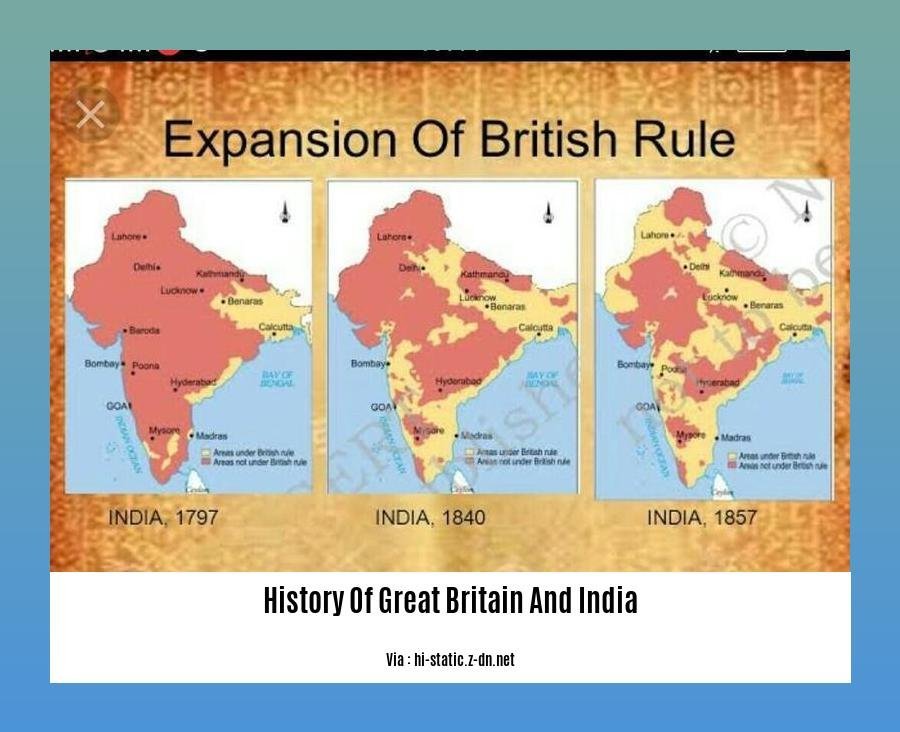
They shared a complex and often tumultuous history for over two centuries.
The East India Company, a private British trading company, began trading in India in the 17th century. Over time, the company acquired political and military power, and by the mid-18th century, it had become the de facto ruler of large parts of India.
In 1857, there was a widespread rebellion (Indian Rebellion, also known as the Sepoy Mutiny) against the East India Company’s rule.
After the rebellion, the British government took direct control of India and established the British Raj. The British controlled India for nearly a century, until India gained independence in 1947.
The British Raj brought about significant economic, social, and political changes in India.
Economically, the British integrated India into the global capitalist system, introducing new agricultural methods and industries.
Socially, the British introduced a new education system and made some efforts to modernize Indian society.
Politically, the British established a centralized government and introduced a system of law and order.
However, the British Raj also had a negative impact on India.
The British often exploited India’s resources and labor, and they were often insensitive to Indian culture and traditions.
The British also introduced social division by implementing a rigid class system that impacted the caste system.
The British Raj remains a controversial period in Indian history. Some historians argue that it brought about economic development and modernization. Others argue that it led to economic exploitation and social injustice.
Overall, the History Of Great Britain And India is a complex and fascinating one. It is a story of power, conflict, and change. It is also a story that continues to shape the relationship between the two countries today.
If you’re interested in the rich tapestry of History Of Great Britain, be sure to explore our comprehensive timeline, providing an in-depth look into the nation’s past. Dive into the complexities of History Of Great Britain Monarchy to uncover the monarchy’s profound impact on the nation’s development. Delve into the shared history of History Of Great Britain And Ireland, uncovering the intertwined destinies of these two nations. Listen to engaging discussions in the History Of Great Britain Podcast, offering expert insights into various aspects of British history. Unveil the somber and complex History Of Great Britain And Slavery, shedding light on the nation’s involvement in the transatlantic slave trade.
Partition and Independence
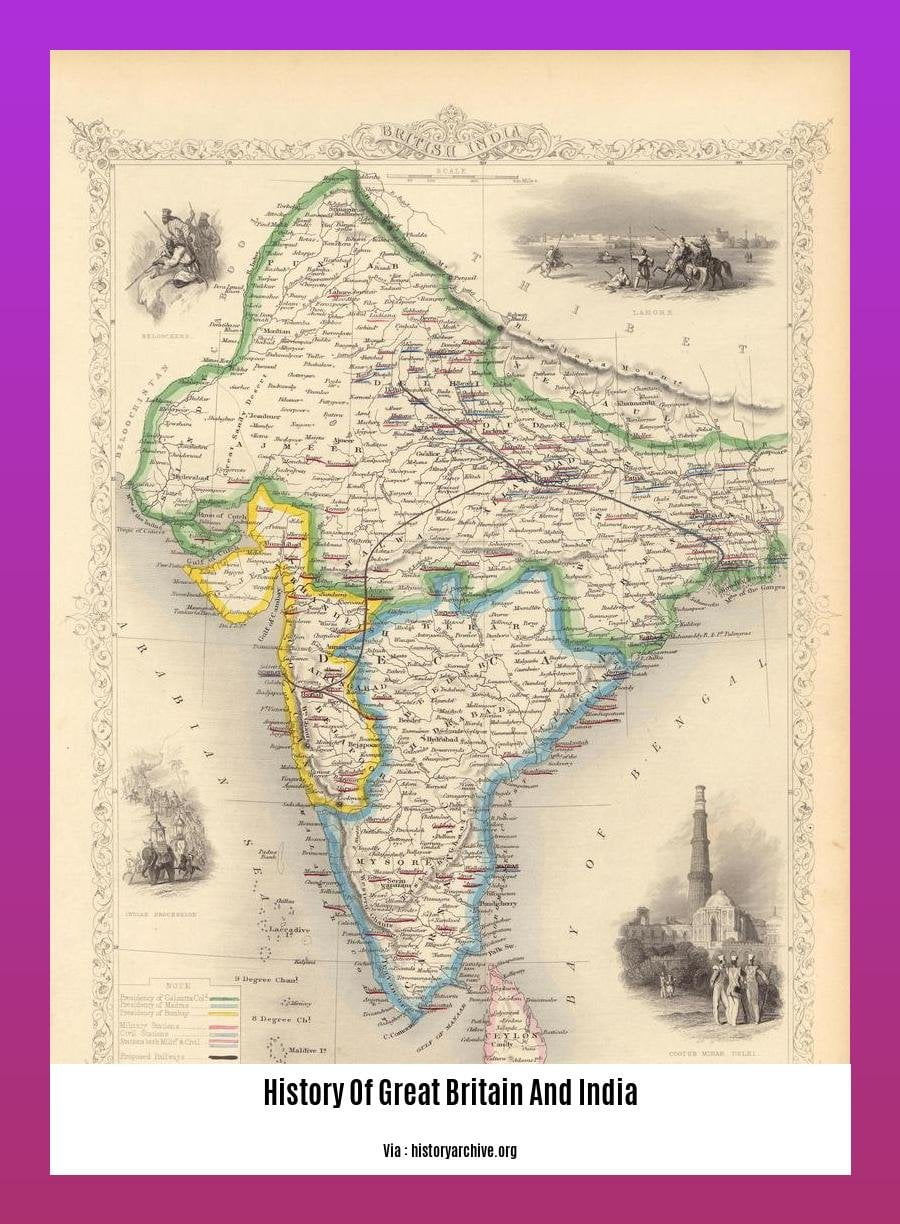
A Watershed Moment in Indo-British History
The Partition and Independence of India, a pivotal event in 1947, reshaped the political landscape of the subcontinent, leaving an enduring impact on the relationship between Great Britain and India.
The Seeds of Partition
India’s struggle for independence sowed the seeds for the Partition and Independence. The Indian National Congress and the Muslim League, representing different religious and nationalist aspirations, emerged as major political forces. By 1947, tensions between the two factions reached a fever pitch, culminating in the decision to divide British India into two independent dominions: India and Pakistan.
The McMahon Line and Radcliffe Award
The Partition and Independence process was overseen by Lord Louis Mountbatten, the last Viceroy of India. He tasked Sir Cyril Radcliffe with redrawing the borders between India and Pakistan. The “Radcliffe Award,” as it became known, divided the provinces of Punjab and Bengal, triggering mass displacement and communal violence.
Aftermath of the Partition
The Partition and Independence was a tragedy that claimed the lives of an estimated one million people. It uprooted millions more, leaving behind a legacy of pain and division. The boundary between the two countries became a contentious issue, sparking conflict and tension.
Key Takeaways:
- The Partition and Independence was a consequence of the Indian independence movement, Muslim separatism, and British rule.
- The Partition and Independence led to the creation of India and Pakistan as independent nations.
- The Partition and Independence was a traumatic event that resulted in widespread violence and displacement.
Relevant URL Sources:
- Partition of India | Britannica
- Partition of India: History, Causes & Effects – World History Edu
Post-Independence Relations
Upon India’s arduous struggle for independence, a new chapter unfolded in British-Indian relations. While the shackles of colonial rule had been cast off, the complex tapestry they had woven together remained, shaping the trajectory of their post-independence relationship.
India’s path to self-governance was marked by both continuity and change. While the colonial legacy left an imprint on its political and economic structures, India’s leaders aspired to forge a new destiny, free from the vestiges of foreign domination. This aspiration propelled India into the Non-Aligned Movement, seeking to chart an independent course amidst Cold War tensions.
Meanwhile, Britain underwent a period of economic and political transformation. Its empire had crumbled, and it sought to redefine its role in the global arena. Recognizing the importance of its former colony, Britain invested in strengthening diplomatic and economic ties with India.
The post-independence era witnessed a complex interplay of cooperation and conflict between the two nations. Trade and cultural exchanges blossomed, but issues such as Kashmir and British immigration policies occasionally strained relations. Yet, through it all, a shared history and a deep understanding of each other’s perspectives served as a foundation for dialogue and reconciliation.
Key Takeaways:
- India’s independence in 1947 marked a new era in British-Indian relations.
- India joined the Non-Aligned Movement, seeking autonomy in international affairs.
- Britain invested in strengthening diplomatic and economic ties with India.
- Post-independence relations have been characterized by both cooperation and conflict.
- Shared history and perspectives have fostered dialogue and reconciliation between the two nations.
Sources
- Great Britain and India: Historical Legacy and Post-Independence Relations
- India-UK Relations
Contemporary Ties and Challenges
The historical bond between Great Britain and India has given rise to a dynamic relationship with deep ties. As we delve into their contemporary connection, let’s explore these aspects.
Trade and Economic Cooperation
India and the UK have a strong economic partnership, with trade accounting for billions of dollars annually. Investment opportunities and business collaborations thrive, particularly in sectors such as technology, pharmaceuticals, and renewable energy.
Cultural Exchange and Education
Beyond economic ties, cultural exchange plays a vital role. Thousands of Indian students pursue higher education in the UK, fostering intellectual exchange and cultural understanding. Vibrant Indian communities contribute to the UK’s cultural landscape, while British influences can be seen in India’s art, cuisine, and architecture.
Geopolitical Cooperation
The UK and India share common strategic interests in various global forums. They collaborate on issues of climate change, counter-terrorism, and regional security. This cooperation strengthens their collective voice on the international stage.
Challenges and Opportunities
Despite the positive dynamics, some challenges arise within the contemporary relationship. These include:
- Visa Restrictions: India and the UK have differing visa policies, posing obstacles for skilled workers and students.
- Brexit Impact: The UK’s exit from the European Union has brought uncertainties to the economic and political landscape, potentially affecting India-UK ties.
- Trade Imbalances: Trade between the two nations remains imbalanced, with India facing concerns regarding market access and protectionism.
Key Takeaways:
- India and the UK maintain close diplomatic and economic ties, bolstered by shared history and mutual interests.
- Trade, cultural exchange, and education form the backbone of their contemporary relationship.
- Geopolitical cooperation enhances their collective influence on global affairs.
- Visa restrictions, Brexit’s impact, and trade imbalances present challenges that require ongoing dialogue and resolution.
Relevant URL Sources:
- The Shared History Between India and Britain: Where They’ve Been and Where They’re Going
- Evolution of Ties & Contemporary Issues INDIA – UK
FAQ
Q1: When did British rule in India begin and end?
A1: British rule in India began in 1858 following the Indian Rebellion of 1857 and ended in 1947 with the independence of India and Pakistan.
Q2: What was the significance of the Sepoy Mutiny of 1857?
A2: The Sepoy Mutiny of 1857 was a major rebellion against British rule in India. It led to a severe crackdown by the British government and the dissolution of the East India Company, which had previously controlled India.
Q3: How did British rule impact India’s economy?
A3: British rule integrated India’s economy into the global capitalist system, leading to both economic growth and exploitation of Indian resources for British industries.
Q4: What were the key social changes introduced by British rule in India?
A4: British rule in India introduced a new legal system, education system, and spread of Christianity and Western ideas. It also impacted the caste system and other traditional social hierarchies.
Q5: What was the significance of the Partition of India in 1947?
A5: The Partition of India in 1947 was a result of the Indian independence movement and Muslim separatism. It divided British India into the independent states of India and Pakistan, leading to mass displacement and communal violence.
- Senior at What Age: Benefits & Eligibility Guide - March 29, 2025
- Unlocking Senior Benefits: How Old is a Senior? Your Complete Guide - March 29, 2025
- Master Russian Politeness:A Guide to Saying Please - March 29, 2025
